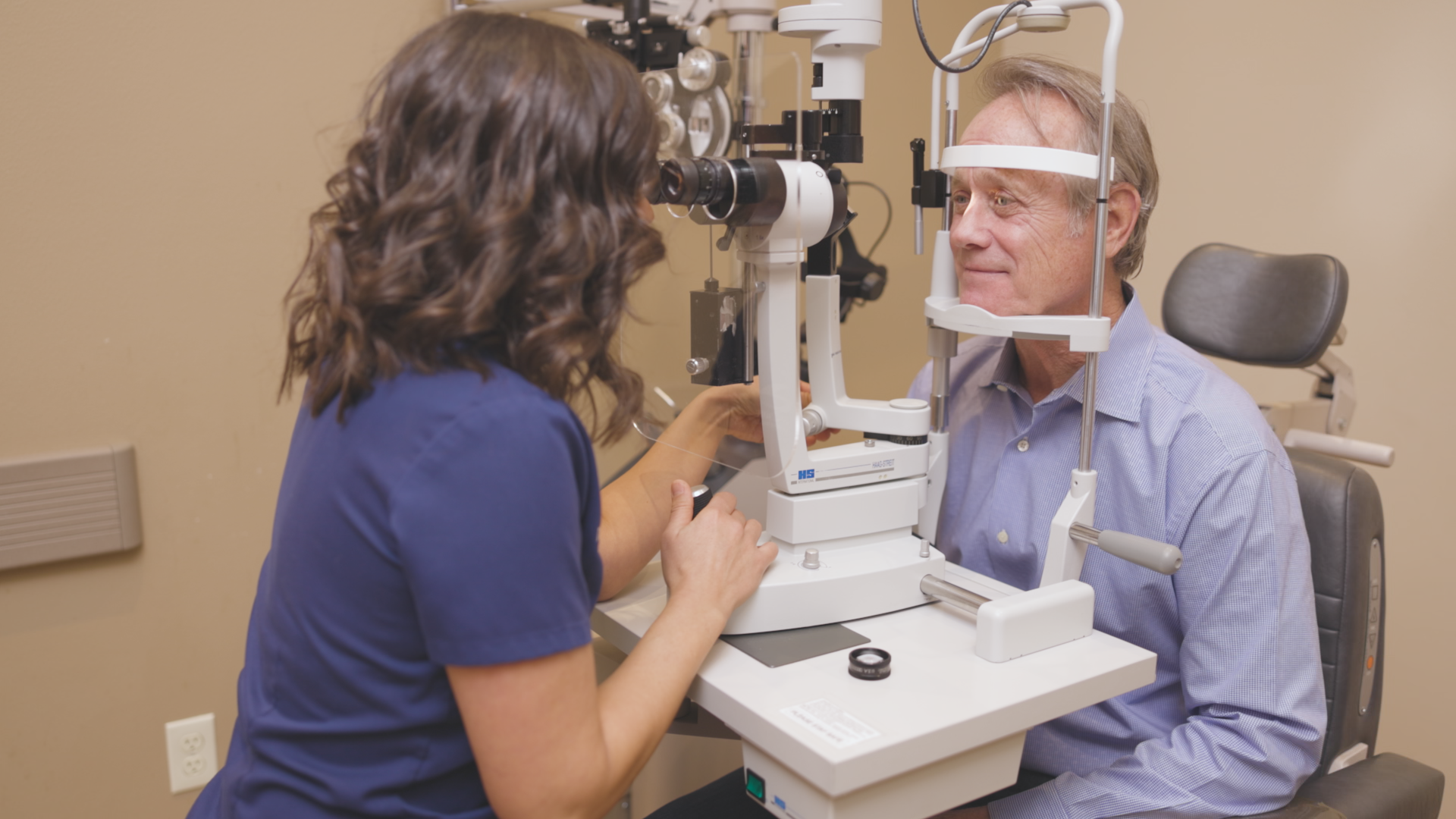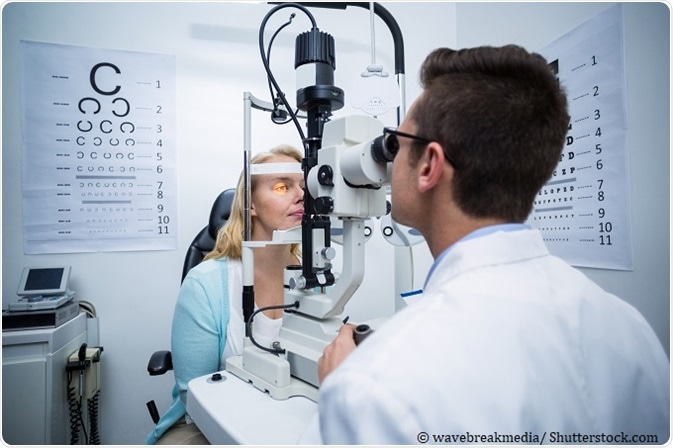The Significance of Regular Exams with an Eye Doctor Optometrist
The Significance of Regular Exams with an Eye Doctor Optometrist
Blog Article
Exploring the most recent Technical Developments in Optometry and What They Mean for Optometrists
In the ever-evolving field of optometry, current technological innovations are reshaping how specialists come close to eye care. From the precision of Optical Coherence Tomography to the nuanced understandings offered by AI-driven analysis devices, these innovations are establishing brand-new standards in patient analysis and therapy. Teleoptometry is poised to redefine availability, guaranteeing that expertise transcends geographical constraints. As these improvements penetrate the method, eye doctors are encountered with the challenge of embracing these devices to enhance client end results. The inquiry remains: just how will these technological changes redefine the functions and responsibilities within the profession?
Technologies in Diagnostic Equipment
Progressing the field of optometry, developments in diagnostic devices have actually changed the means eye care experts analyze and identify ocular problems and visual impairments. The past years has actually witnessed significant technological innovations, allowing more extensive and precise assessments.
One more secret advancement is the intro of advanced corneal topography systems, which map the surface curvature of the cornea with accuracy. These devices are particularly helpful for fitting call lenses and detecting corneal conditions. Moreover, digital retinal imaging has actually transformed traditional ophthalmoscopy, using comprehensive, breathtaking views of the retina that help with extensive visual exams.
The development of wavefront aberrometry has additionally been important, making it possible for the analysis of refractive errors with unparalleled accuracy (Opticore Optometry). This innovation assists in customizing corrective lenses and boosting medical outcomes for refractive surgeries. Jointly, these analysis advancements empower optometrists to deliver exceptional client care, making certain very early intervention and customized treatment strategies, inevitably boosting visual wellness end results
AI in Person Administration
Building on the structure of sophisticated analysis devices, the consolidation of artificial intelligence (AI) in person management stands for a transformative leap for optometry. AI systems are significantly employed to enhance efficiency, accuracy, and customization in client treatment.
Moreover, AI-driven platforms help with streamlined individual communications and administrative processes. Automated scheduling, virtual assessments, and personalized follow-up plans not just improve patient contentment yet also optimize time monitoring for practitioners. These systems can triage patients based upon the urgency of their problems, making certain that those in important requirement get prompt interest.
Additionally, AI improves decision-making by providing eye doctors with evidence-based referrals and therapy paths. By incorporating information from electronic wellness documents, AI tools provide insights that inform clinical decisions, minimizing the danger of errors and enhancing individual results. As AI remains to develop, its function in client monitoring will likely expand, improving the landscape of optometric care.
Breakthroughs in Retinal Imaging
In the world of optometry, retinal imaging has seen impressive technological advancements that are improving diagnostic capacities and individual care. Developments such as Optical Comprehensibility Tomography (OCT) and fundus photography have revolutionized just how eye doctors examine the retina and imagine. OCT, in specific, offers high-resolution, cross-sectional pictures of the retina, permitting the thorough evaluation of its layers. This capacity is very useful for very early detection and administration of conditions like glaucoma, diabetic person retinopathy, and age-related macular deterioration.
Boosted imaging techniques like OCT angiography are additional refining analysis precision. This non-invasive technique maps blood flow in the retina, providing crucial insights right into vascular wellness without the requirement for color injections. Furthermore, flexible optics modern technology is being integrated into retinal imaging systems to fix eye aberrations, supplying extraordinary image clearness. Such improvements promote the identification of minute retinal adjustments that might signify illness development.
Furthermore, improvements in expert system are enhancing retinal imaging by enabling computerized evaluation of huge datasets. These systems assist optometrists in identifying patterns a sign of pathology, thereby boosting analysis accuracy and efficiency. Collectively, these developments are changing retinal imaging into a foundation of contemporary eye care, boosting outcomes and increasing restorative opportunities.
Teleoptometry's Growing Function
Teleoptometry is significantly coming to be an important element of eye care, driven by developments in electronic interaction and diagnostic tools. This is specifically valuable in rural and underserved locations where access to specialized eye care is commonly minimal.
The assimilation of expert system (AI) additional improves teleoptometry, making it possible for the evaluation of aesthetic information and aiding in the discovery of eye problems such as glaucoma and diabetic person retinopathy. AI-powered algorithms can swiftly analyze intricate imaging information, offering eye doctors with valuable insights that reinforce scientific decision-making.
Furthermore, teleoptometry sustains continuity of care through smooth assimilation with internet digital health and wellness records (EHRs), permitting optometrists to keep thorough client backgrounds. When seeking advice from with different specialists., this makes certain that people obtain constant and customized care even.
Regardless of these benefits, challenges continue to be, consisting of making certain data safety and taking care of client expectations. However, teleoptometry represents a considerable stride in the direction of more available, reliable, and patient-centered eye treatment. As modern technology progresses, its duty is poised to expand further.

Future Patterns in Eye Treatment
A myriad of cutting-edge trends is established to reshape the future of eye care, driven by technical advancements and the progressing needs of people. One substantial trend is the assimilation of synthetic intelligence (AI) in diagnostics, which guarantees to improve the precision and efficiency of eye assessments. AI formulas can examine huge amounts of data from retinal images, possibly spotting problems like diabetic person retinopathy and glaucoma earlier than typical methods.
In addition, personalized medicine is getting grip in optometry, with genetic screening informing tailored treatment plans. This approach intends to maximize patient end results by tailoring treatments to private hereditary profiles. Wearable innovation, such as wise call lenses, is also he said imminent, using real-time monitoring of intraocular pressure or sugar levels, thus supplying continuous understandings right into systemic and eye health.
The adoption of enhanced truth (AR) and digital truth (VIRTUAL REALITY) in training and patient education is another emerging pattern. These modern technologies offer immersive experiences that can enhance understanding and abilities both for clients and optometrists. As these patterns evolve, eye doctors have to stay abreast of technical improvements to offer innovative care, making sure enhanced client outcomes and contentment in the vibrant landscape of eye care.
Final Thought

Jointly, these diagnostic developments equip optometrists to deliver exceptional client care, making certain very early intervention and tailored treatment approaches, inevitably enhancing visual health end results.

As these technologies continue to develop, optometrists have to adapt and include them right into practice, inevitably enhancing process performance and raising the criterion of eye treatment provided to clients.
Report this page